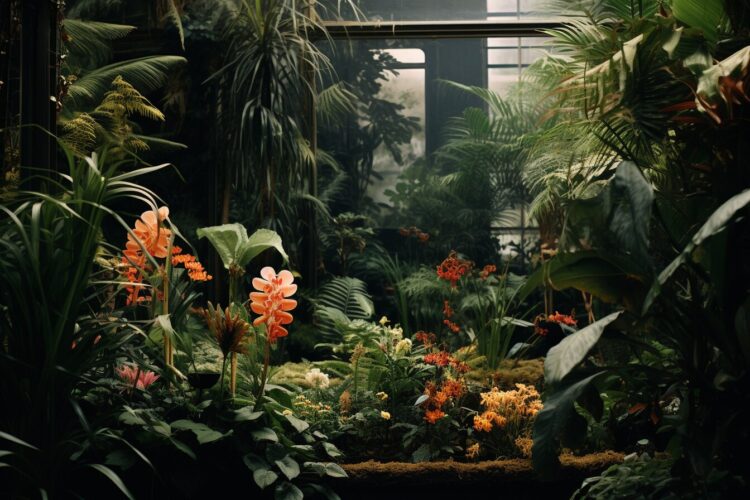Introduction
Ferns are some of the most beautiful and elegant plants you can grow in your garden or indoor space. With their lush foliage and delicate fronds, they add a touch of nature’s grace to any environment. In this article, we will explore the world of ferns, their different types, and how to successfully grow and care for them.
Types of Ferns
There are thousands of different fern species, each with its own unique charm. Some popular types of ferns include:
- Maidenhair Fern (Adiantum)
- Bird’s Nest Fern (Asplenium)
- Boston Fern (Nephrolepis exaltata)
- Japanese Painted Fern (Athyrium niponicum)
- Staghorn Fern (Platycerium)
- Sword Fern (Nephrolepis cordifolia)
Growing Ferns
When it comes to growing ferns, they have a few specific requirements that need to be met. Here are some key considerations:
- Light: Most ferns prefer indirect or filtered light, as direct sunlight can scorch their delicate fronds.
- Watering: Ferns like to be kept evenly moist, but not soaking wet. It’s best to water them when the top inch of soil feels dry.
- Humidity: Ferns thrive in high humidity environments. If you live in a dry climate, misting the leaves with water can help create a more humid atmosphere.
- Soil: Ferns prefer well-draining soil that retains some moisture. A mix of peat moss, perlite, and compost works well.
- Temperature: Most ferns prefer moderate temperatures between 60-75°F (15-24°C), but check the specific requirements of the fern species you have.
Caring for Ferns
Once you have planted your ferns, it’s important to care for them properly to ensure their health and beauty:
“Ferns are like delicate creatures that require a gentle touch. Treat them with care and they will reward you with their lush foliage.”
Here are some general tips for caring for ferns:
- Water regularly: As mentioned earlier, ferns like to be kept evenly moist. Water them whenever the top inch of soil feels dry.
- Fertilize: Feed your ferns with a balanced, water-soluble fertilizer every 2-3 months during the growing season.
- Trim dead fronds: Remove any dead or yellowing fronds to keep your ferns looking tidy and to promote new growth.
- Provide humidity: If the air in your home or garden is dry, mist the fronds with water or place a tray of water near the ferns to increase humidity.
- Protect from extremes: Ferns can be sensitive to extreme temperatures and drafts. Keep them away from hot or cold air vents.
Popular Uses of Ferns
Ferns are versatile plants that can be used in various ways to enhance the beauty of your home and garden:
- Indoor decoration: Ferns can be grown in pots and placed indoors to create a fresh and natural ambiance.
- Outdoor landscaping: Ferns can be used in shady areas of the garden to add texture and color.
- Vertical gardens: Some fern species, like the Staghorn Fern, can be mounted on wooden boards or walls to create stunning vertical displays.
- Terrariums: Ferns are perfect for creating miniature landscapes within glass containers.
Conclusion
Ferns are truly captivating plants that bring a touch of elegance and tranquility to any space. Whether you choose to grow them indoors or outdoors, their lush foliage and delicate fronds will create a soothing atmosphere. By meeting their specific needs for light, water, humidity, and temperature, you can enjoy the beauty of ferns in your own home or garden. So, why not introduce these delightful plants into your life and experience the world of ferns firsthand?
















